With another primary behind us, but still more to come, it’s becoming clear that women running for office across the nation are not backing down from a challenge. This year, 62 women filed to run for governor, breaking the record of 34 in 1994. This is huge, as this role is an executive position, and women have consistently held fewer executive positions than men. Why? Voters tend to ascribe to women the traits considered good for legislative bodies: Women are good collaborators and listen well. It’s different when voters elect a boss. As former governor of Massachusetts Jane M. Swift put it:
“If they think you’re nice, they think you can’t run their state, and if they think you can run their state, they worry you’re not nice.”
But even beyond executive positions, women are running for office in record numbers. While all of these women are deserving of recognition and praise, we’ve decided to highlight a few women that are really making waves this midterm election cycle.
As mentioned, a record number of women are running for governor in the 2018 midterms. But the following women are doing some especially inspiring things- and potentially making history.
STACEY ABRAMS:
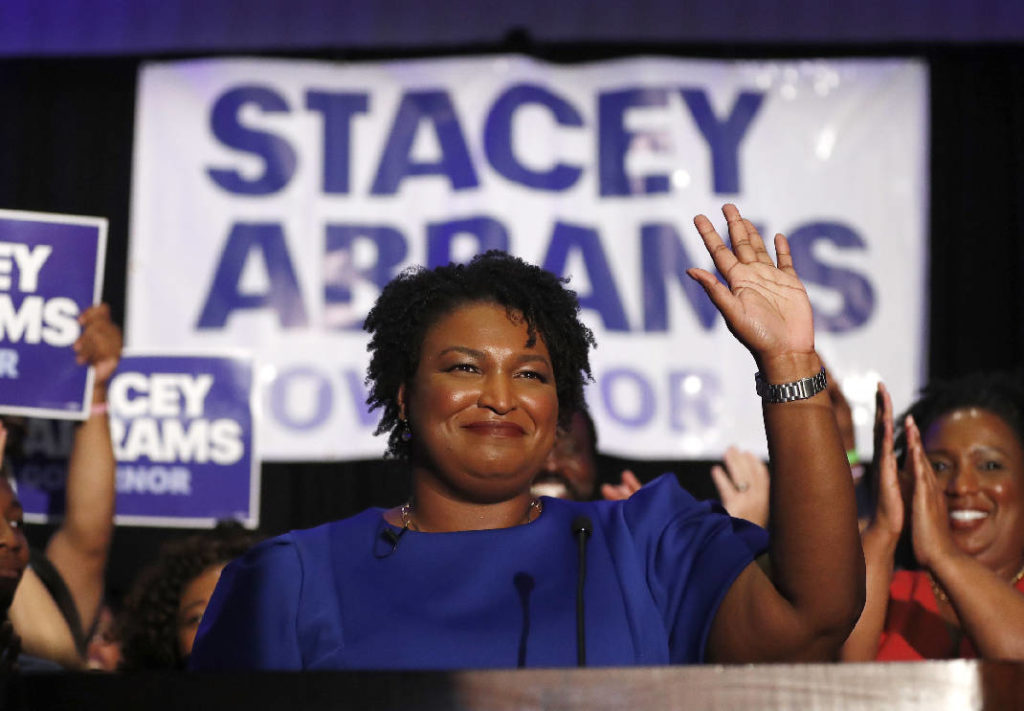
Stacey Abrams, Georgia’s former House minority leader, could be Georgia’s first female governor. Currently, there are no black governors in the United States. Only two African-American men have been elected to governor in the country’s history. So if elected she would not only become one of the few black governors in American history, she would also be the nation’s first black female governor. Walking away with a whopping 76 percent of the vote during her primary, Abrams has shown an uncanny ability to bring together the Democratic establishment and the more progressive faction of the party. But the rest of her campaign will be no easy road, as Georgia is a consistently right-leaning state.
JANET MILLS:
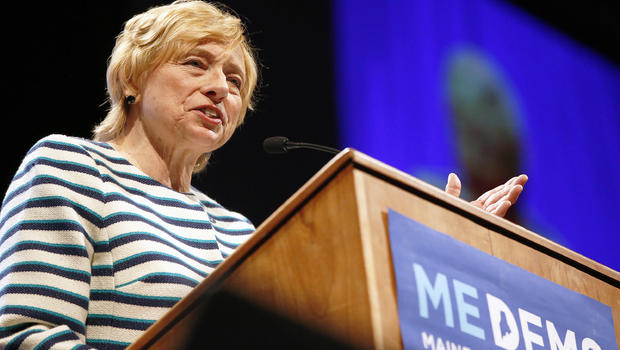
Janet Mills, the current Attorney General of Maine, has won the Democratic nomination for governor. If she wins, she would be Maine’s first female governor. She already made history by becoming the first female Attorney General in Maine and has a long history of public service. In a race to replace current Republican Governor Paul LePage, Mills faces a bit of an uphill battle. But in this controversial time in American politics with Trump’s presidency, this may be the perfect moment for her to surge forward and win the election.
Before Tuesday, August 7, the most Democratic women ever nominated to Congress was 120, in 2016 — after Tuesday, there are 143 and counting (with 42 Republican nominees, that brings the total to a record-breaking total of 185, with a few races still being decided.) Some of these women, though, have the power to flip some important Congressional seats that are currently held by Republicans. With 24 seats needed to flip the House, and 2 Democrat wins needed to flip the Senate, these Congressional races are crucial. The following are some impressive Democrats in currently red areas who just might have the power to replace some Republican incumbents.
KYRSTEN SINEMA:

Kyrsten Sinema is the presumptive Democratic nominee for Senator Jeff Flake’s open seat in Arizona. After hopefully winning the primary coming up on August 28, she is hoping to end the Democrat’s 30-year dry spell in the state by leaning into her independent beliefs. She has been a House Representative for the past three terms and has shown that she isn’t afraid to go against the establishment. She voted against Nancy Pelosi for House minority leader and is the first Democrat to say she won’t back Chuck Schumer to lead the party in the Senate. But these decisions may be exactly what she needs to win the Senate election. She is currently leading all of her Republican rivals, and if she ends up winning the Senate seat, she would be the first openly bisexual candidate to be elected to the upper chamber and Arizona’s first female senator.
MIKIE SHERRILL:

Mikie Sherrill, a former prosecutor and Navy pilot, swept her primary for the House seat in New Jersey’s 11th Congressional District earlier this year with 75% of the vote. This district is being vacated by a retiring Republican incumbent, and a June poll showed Sherrill neck and neck with her Republican competitor, state Assembly member Jay Webber. The district has been slowly leaning a bit to the left, and with Sherrill’s endorsements such as former Vice President Joe Biden, this historically Republican district will definitely be a race to watch, since it represents a pivotal Democratic pickup opportunity for the Democratic party.
KARA EASTMAN:
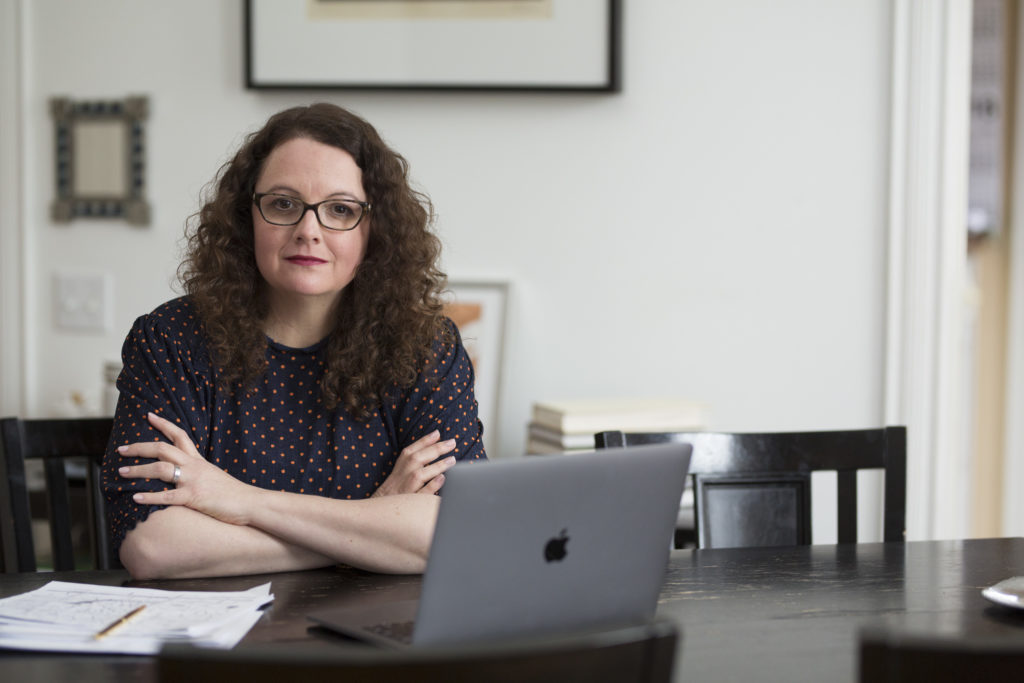
Kara Eastman beat former Representative Brad Ashford, an ex-Republican who had the support of the Democratic establishment, for the Democratic nomination in a Nebraska swing district covering the Omaha area. Running on a much more progressive agenda than Ashford, most notably endorsing Medicare-for-all, this tight win may show a real shift in the voters of the Second District in Nebraska. Polls still show the race to the finish line will be a close one. But if Eastman can eke out a win, this could show whether Medicare-for-all can win in swing seats, and end up being an important pickup for the Democrats.
GINA ORTIZ JONES:
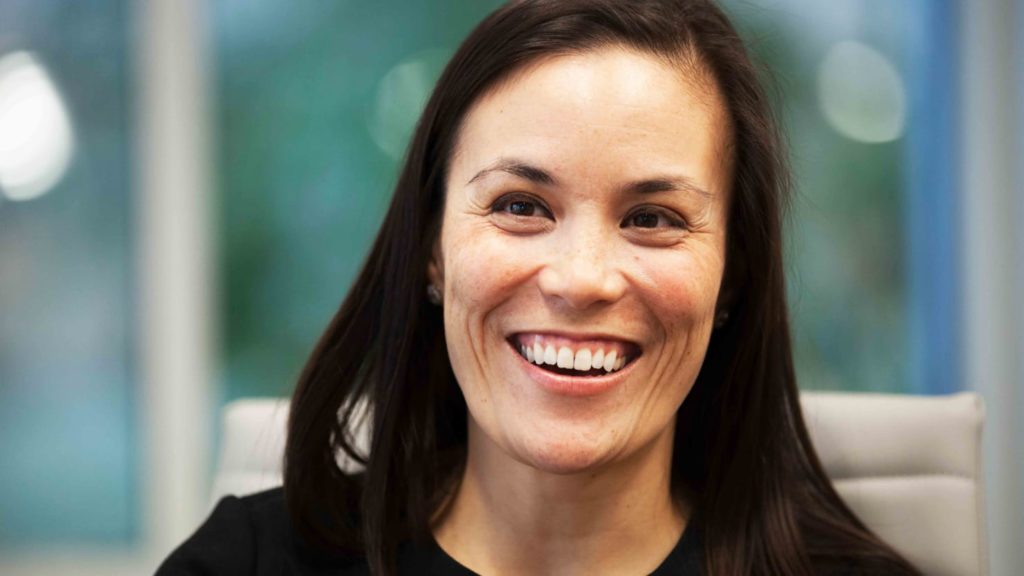
Gina Ortiz Jones is the daughter of a Filipina immigrant, a single mother who became a domestic worker and then a teacher to support her two children, and has been public about coming out to her mother at age 15 and serving in the military under the restrictive “don’t ask, don’t tell” policy. All of these things make Ortiz Jones a standout Democrat– especially in the deep-red state of Texas. But the 23rd Congressional District has a strong potential to flip. It is a huge district, encompassing a large portion of the southern border with Mexico. Hillary Clinton won it in 2016, and the seat regularly changes hands between Democrats and Republicans. She will face off against Representative Will Hurd, a young, moderate Republican with bipartisan immigration and healthcare views. If Ortiz Jones manages a win, not only will she be a vital pickup for the Democrats, she will be the first woman to represent the 23rd District, the first openly lesbian representative, and the first Filipina American elected from the district.
Ortiz Jones isn’t the only woman capable of making history. If the following women win, they would be creating some “firsts” of their own!
ILHAN OMAR:
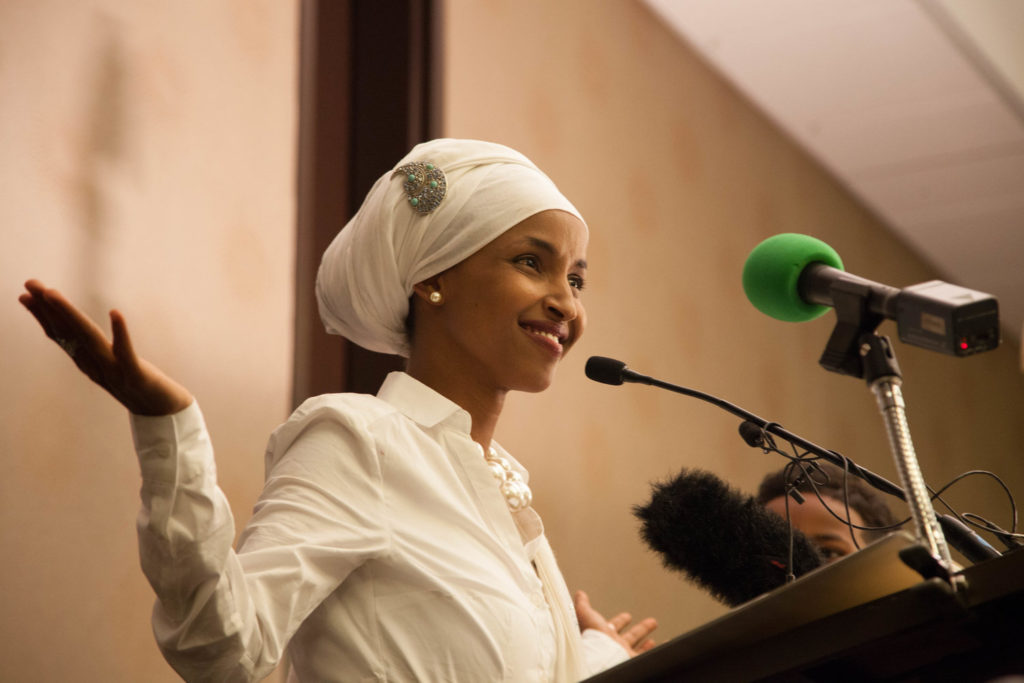
Ilhan Omar became the first Somali-American Muslim elected to office when she became the Minneapolis State Representative in 2016. Now, she’s hoping to make history again by becoming the first Muslim woman elected to the US Congress. She is running to fill the House seat vacated in Minnesota’s 5th District by Democratic Representative Keith Ellison, the first Muslim elected to Congress who is now running for Minnesota attorney general. Afer winning the Democratic primary on August 14, she will likely win the general election in this district that is rated D+26– and continue to make history.
DEB HAALAND:
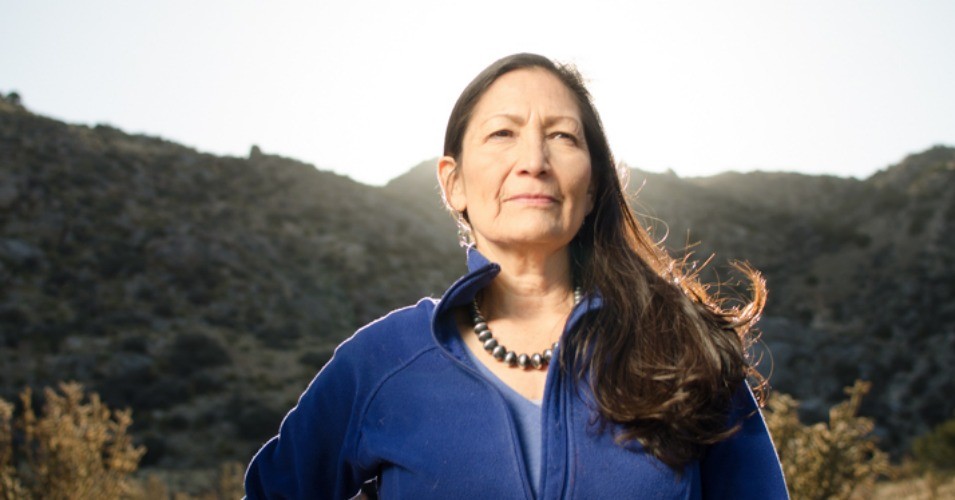
After winning her Democratic primary, Deb Haaland, a member of the Pueblo of Laguna, a Native American tribe, is running for the U.S. House in a strongly Democratic district in New Mexico. That means she may soon be the first Native American woman in Congress. There are currently two men in Congress now- both Republicans- but Haaland winning would be a huge triumph for Native American women. A record number of Native Americans are running for office this year, and Haaland, who worked on former President Obama’s 2008 campaign before chairing the New Mexico’s Democratic Party, has a big chance of winning her election.
SHARICE DAVIDS:
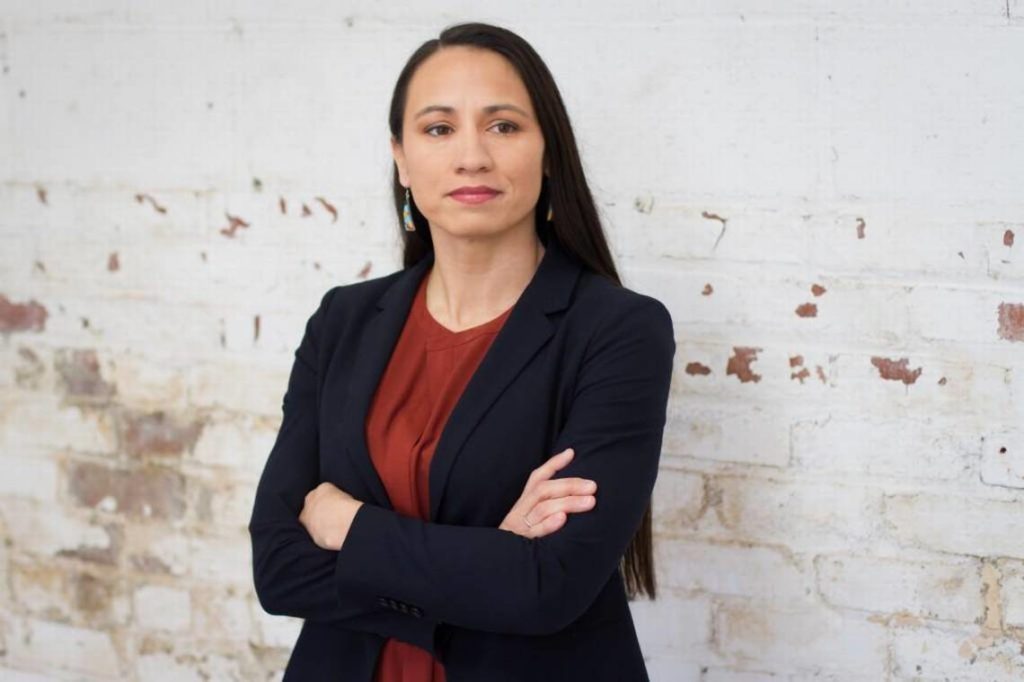
Sharice Davids, also a Native American, came out with one of the most awesome campaign ads for her Congressional run in Kansas’ Third District. It showed Davis, an ex-MMA fighter and open lesbian, pounding a punching bag while wearing a shirt that reads “Strong, Indigenous, Resilient”. In the ad, she says, “It’s 2018, and women, Native Americans, gay people, the unemployed and the underemployed have to fight like hell just to survive.” Her message must have resonated with the district, as she narrowly beat Bernie Sanders-backed candidate Brent Welder for the nomination in Kansas’ Third Congressional District. Davids has the ability to galvanize Indigenous voters who are often sidelined by voting laws and distrustful of a government that has taken so much from them. Winning this Congressional race would make her the first lesbian Native American woman to be elected to Congress. She would also become the first openly gay person to represent Kansas in federal office and possibly be one of the first two Native American women to enter Congress if Deb Haaland wins as well. Now that she has won the six-way primary, she is up against against Representative Kevin Yoder, a vulnerable Republican incumbent in a suburban Kansas City district that Hillary Clinton won by a single percentage point in 2016. The race will be tight, especially considering only a slim majority of people said they supported same-sex marriage in a Kansas poll conducted last year. But a win for Davids would be both historic, and a game-changer for the Democrats’ push to flip the House.
Perhaps this is proof that 2018 really is the Year of the Woman? We will have to wait until the general elections to find out for sure, but so far, it seems like women are off to a great start!
By: Cianna Allen

